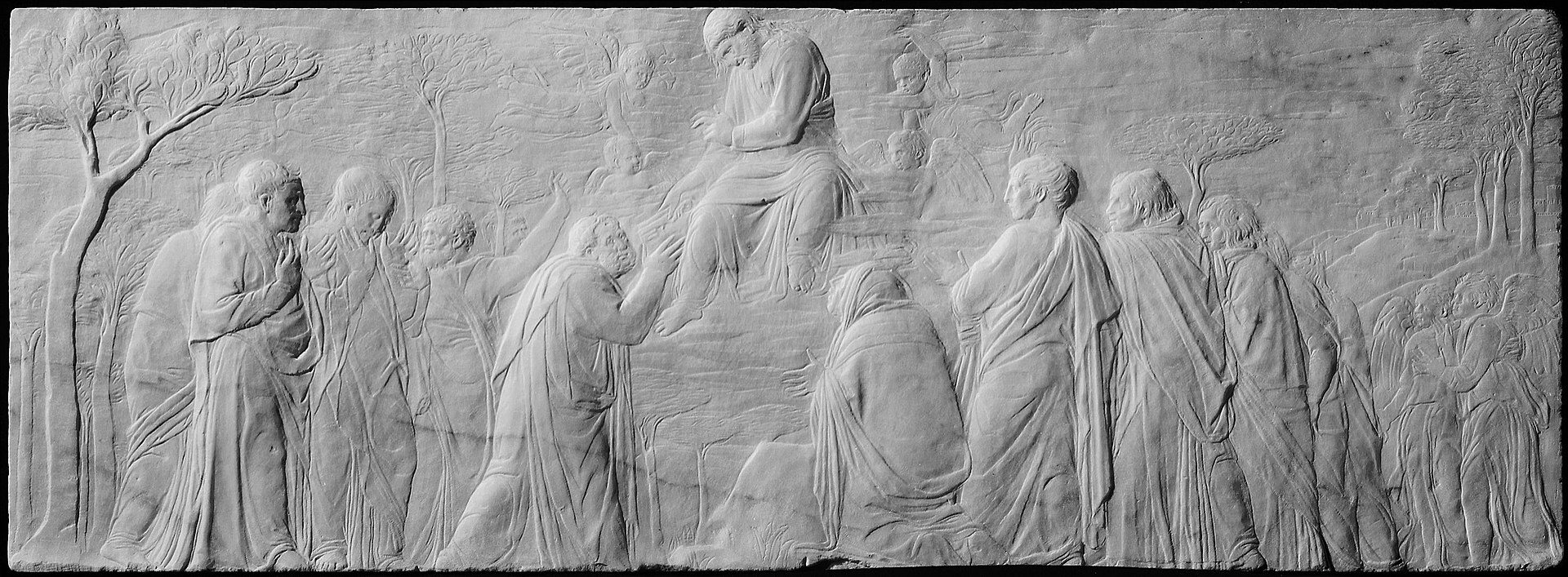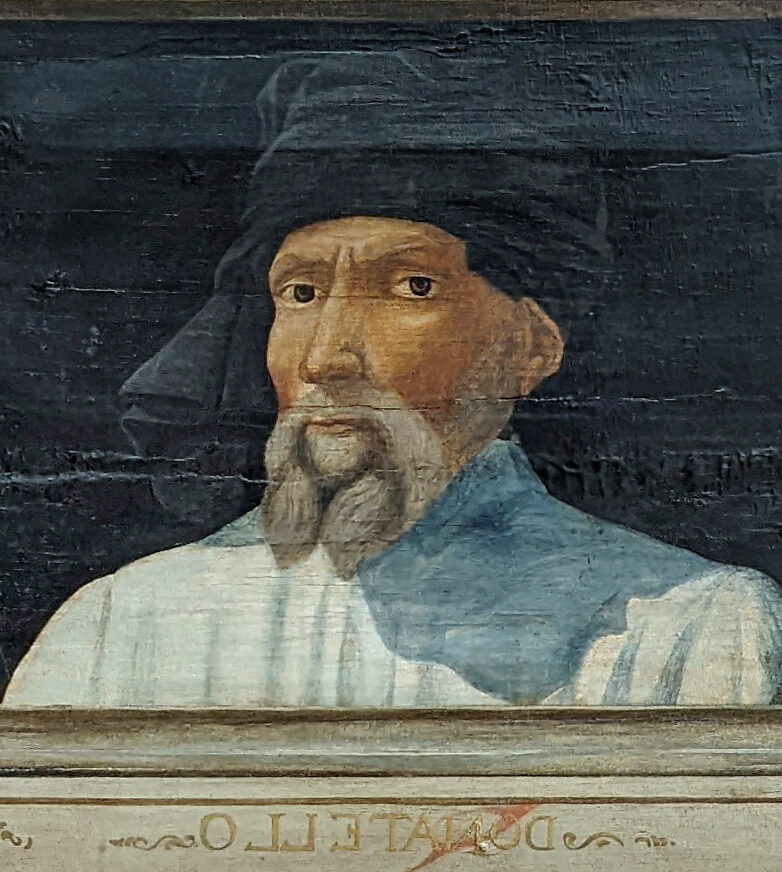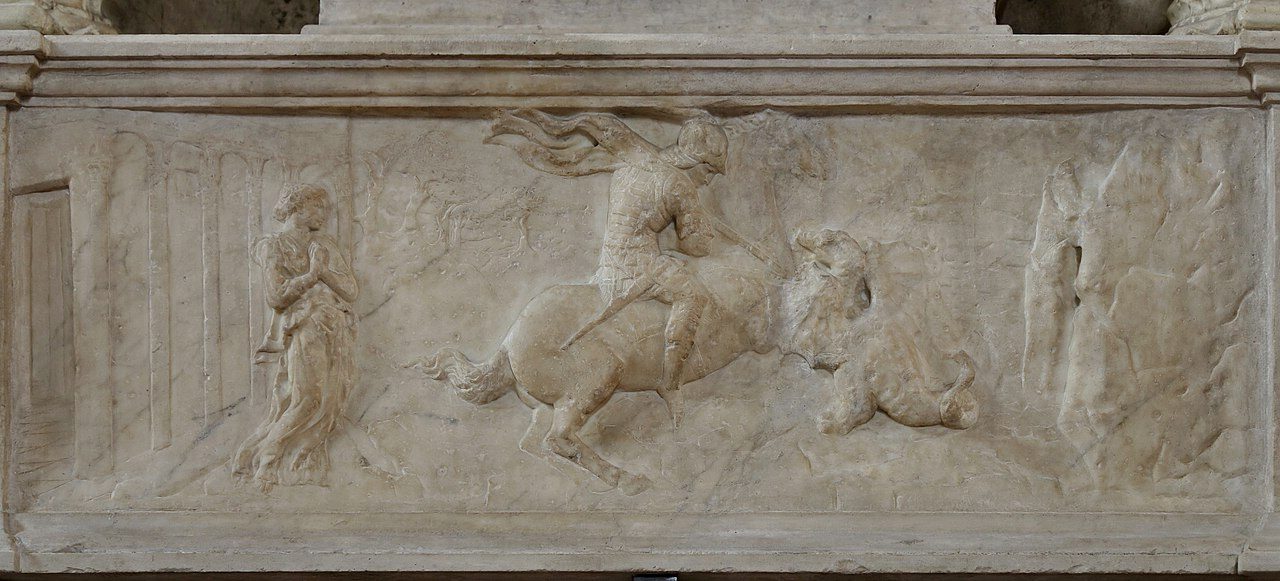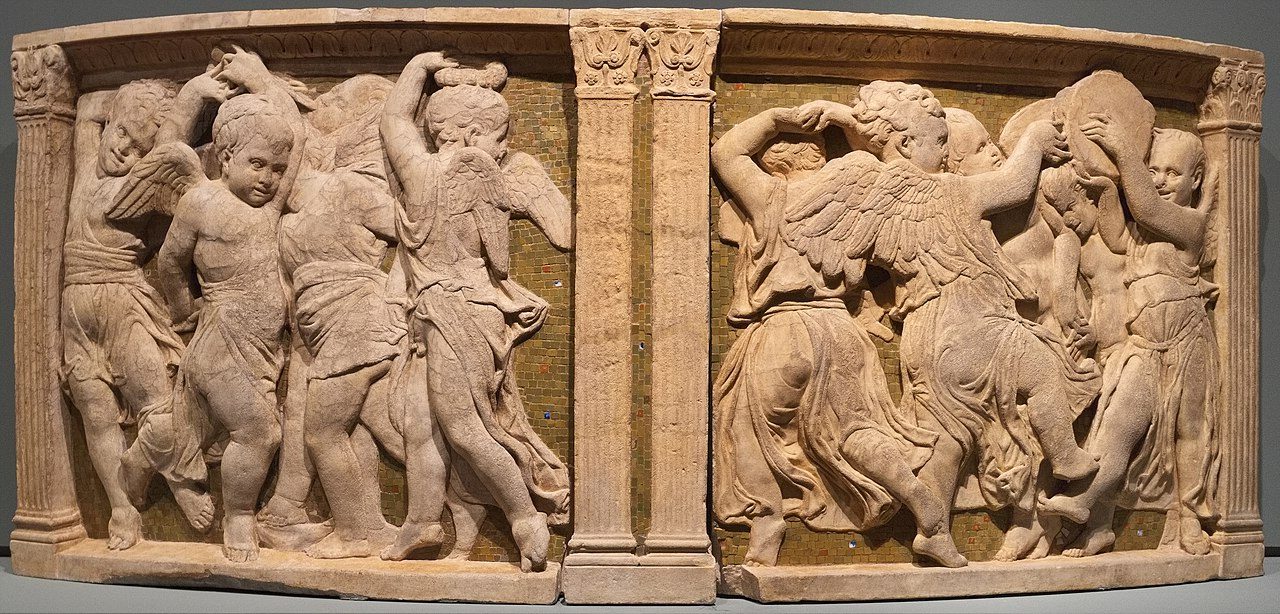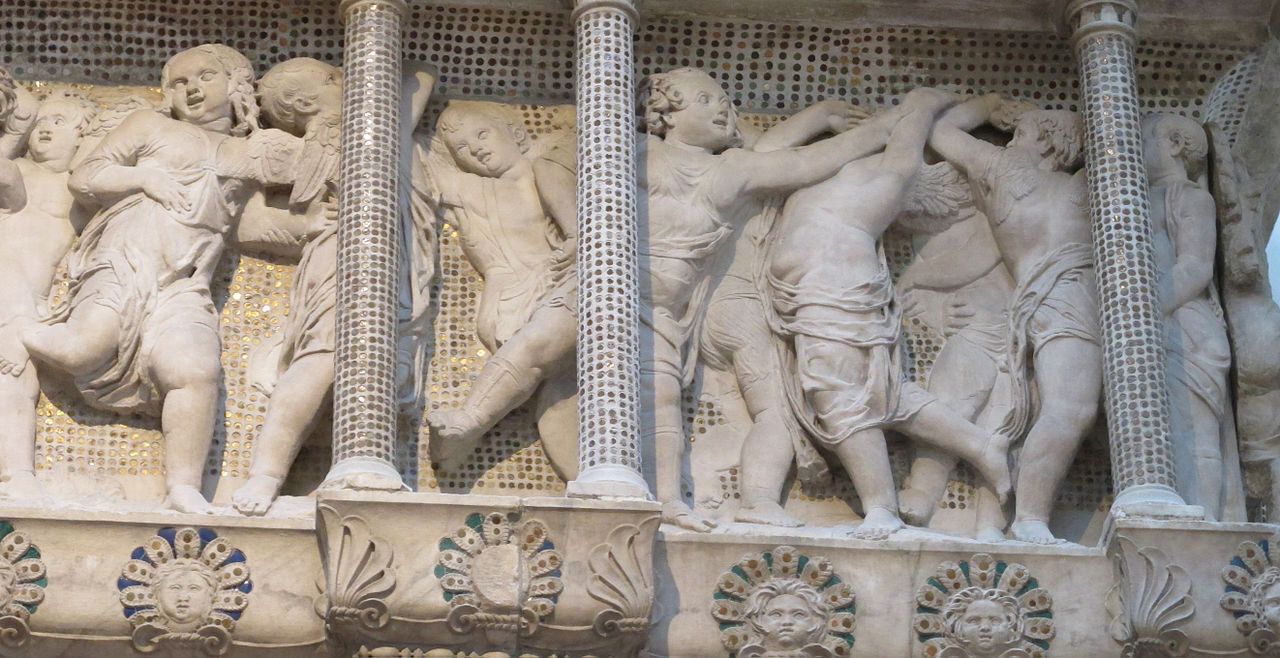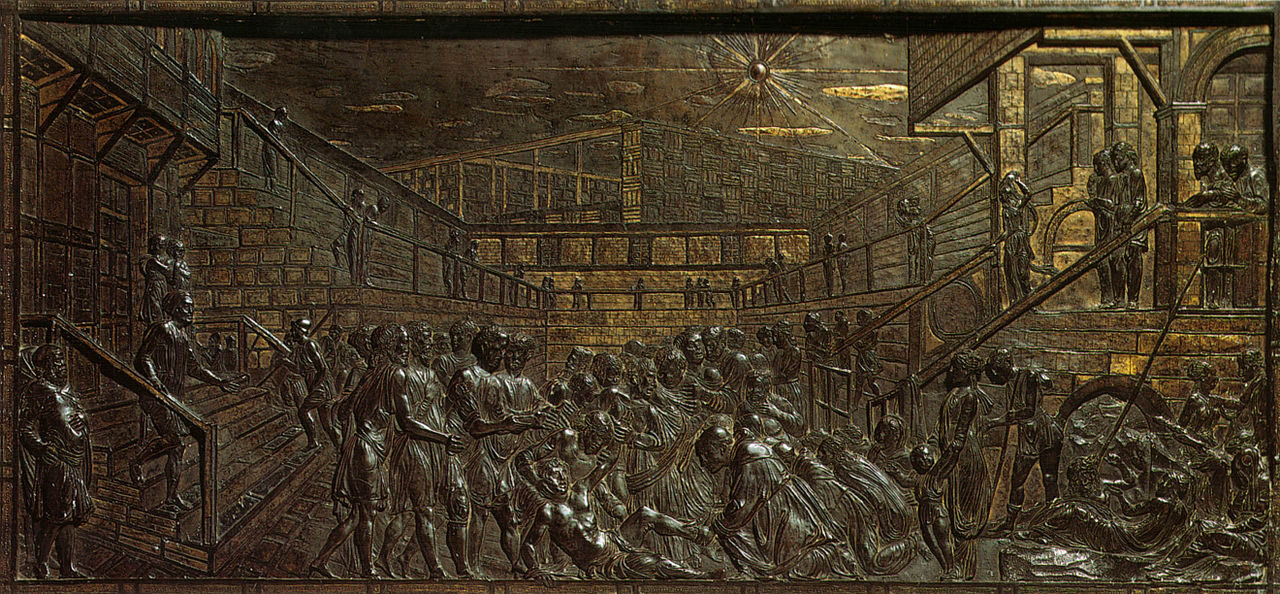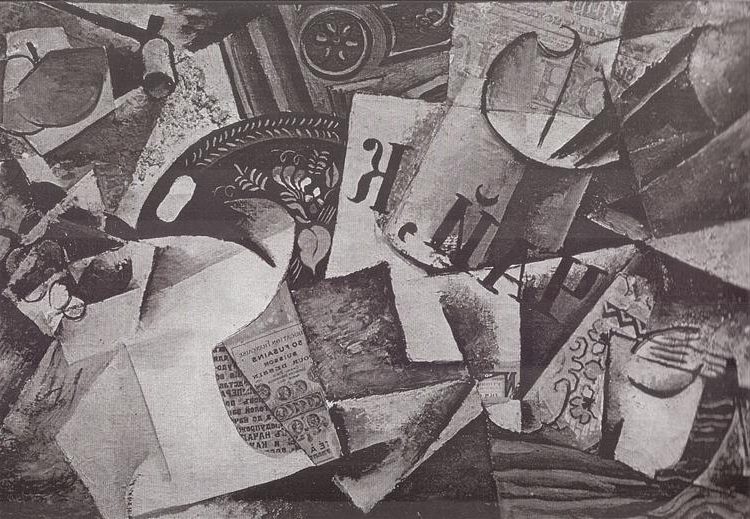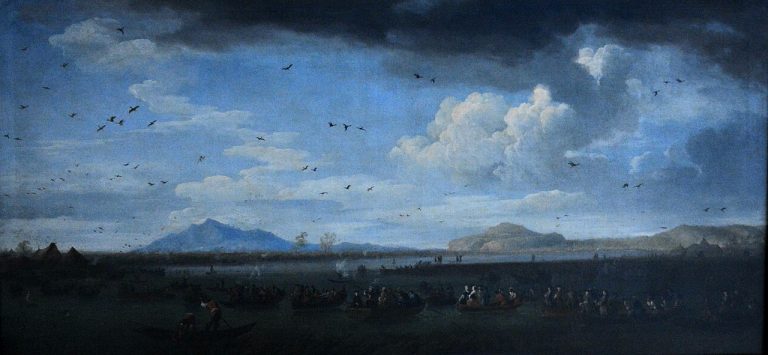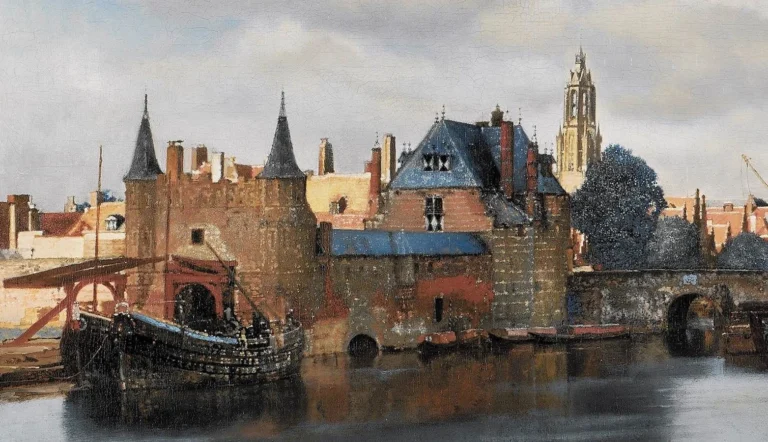Donatello Artwork: Exploring the Masterpieces of Renaissance Sculpture
Born: c. 1386, Republic of Florence
Death: 13 December 1466, Republic of Florence
Art Movement: Early Renaissance
Nationality: Florentine
Teachers: Lorenzo Ghiberti
Donatello Artwork: Exploring the Masterpieces of Renaissance Sculpture
Life and Influence of Donatello
Donatello was a master sculptor whose innovative techniques shaped the Italian Renaissance. His collaborations and style left a lasting impact on the art world.
Early Life and Training
Donatello, born Donato di Niccolò di Betto Bardi around 1386 in Florence, grew up in a city vibrant with art and culture. He learned the basics of sculpture as an apprentice in a goldsmith’s workshop, which was common for artists of his time.
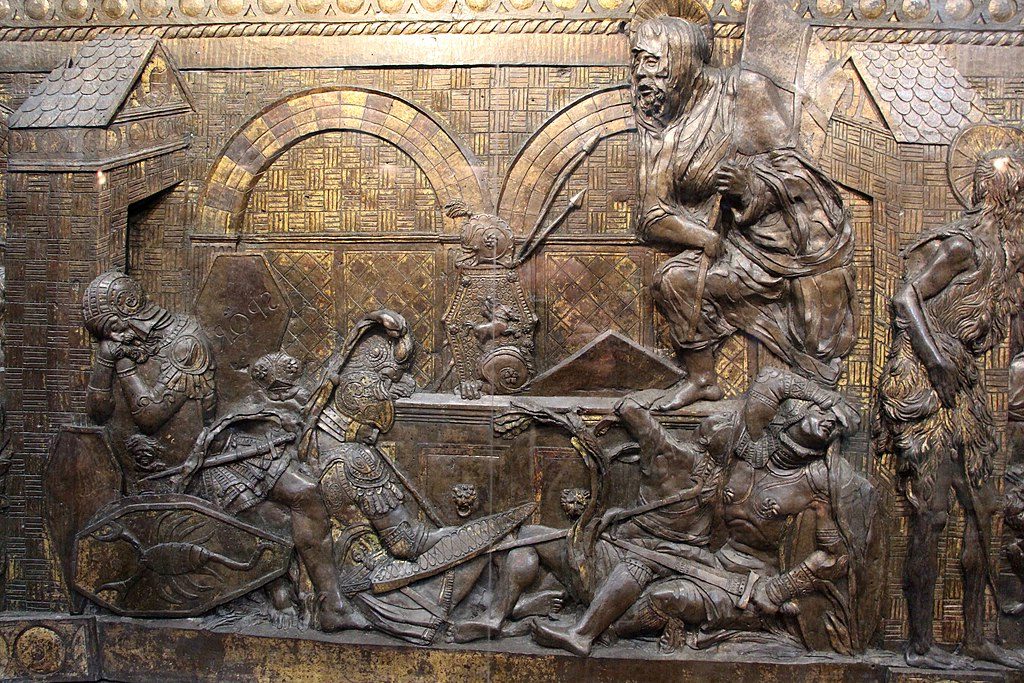
Detail of Resurrection by Donatello
This early training helped him develop a keen eye for detail.
Florence was the ideal place for an aspiring artist. Donatello’s interactions with other craftsmen and artists fueled his creativity.
Through this environment, he honed skills that would later define his unique contributions to art.
Collaboration with Brunelleschi and Ghiberti
Donatello’s collaboration with Filippo Brunelleschi and Lorenzo Ghiberti played a critical role in his career. Brunelleschi, a renowned architect, and Ghiberti, a fellow sculptor, were key figures in the Renaissance. Working alongside them offered Donatello opportunities to experiment and innovate.
One famous collaboration was with Brunelleschi during their time in Rome, where they studied ancient ruins. These studies heavily influenced Donatello’s style.
Ghiberti, who created the famous Gates of Paradise, also mentored him, impacting his artistic vision significantly.
Impact on Italian Renaissance and Beyond
Donatello’s work greatly influenced the Italian Renaissance. His sculptures, like the bronze “David,” showcased a mastery of human emotion and form that was groundbreaking for its time. The “David” stood in stark contrast to previous works by emphasizing realism and individuality.
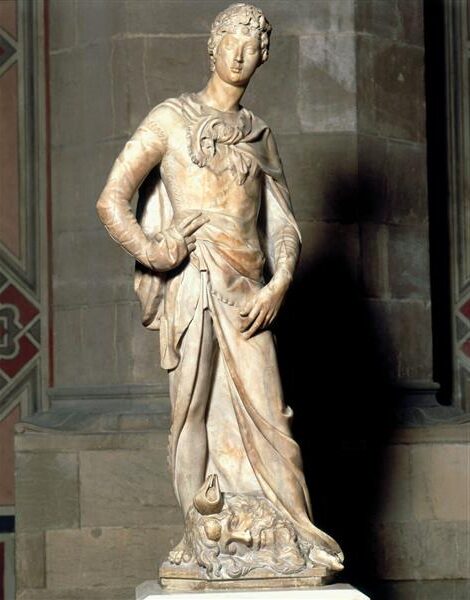
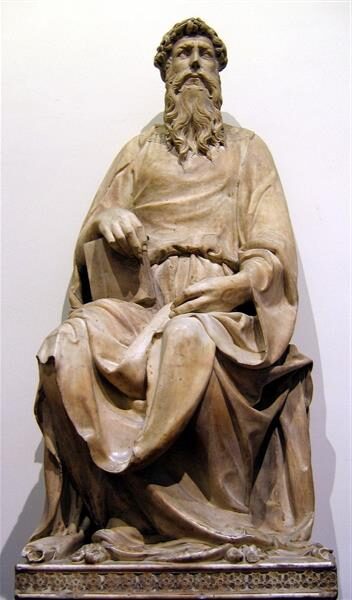
Such innovations not only resonated in Italy but also across Europe. His techniques in crafting lifelike sculptures changed how artists approached their work.
Donatello’s use of perspective and keen observation laid the groundwork for future generations, ensuring his legacy endured well beyond his lifetime.
Masterpieces and Iconic Works
Donatello‘s legacy is rich with extraordinary sculptures that blend innovation in materials and emotion. His use of bronze and marble, along with his remarkable skill in creating reliefs, established him as a key figure in Renaissance art.
The Bronze David and Religious Sculptures
David is one of Donatello’s most famous works. Created in bronze, this sculpture is notable for being the first freestanding nude male since antiquity. The sculpture captures youth and bravery with a delicate yet confident stance.

The section of the Prato pulpit reliefs (1434–1438)
Donatello’s religious works are also significant. The Crucifix showcases his ability to convey human suffering and emotion. The Habakkuk, often called “Zuccone” for its bald head, is another highlight. Its expressive face emphasizes Donatello’s skill in creating lifelike sculptures.
Marble Works and the Gattamelata
Donatello’s marble sculpture, Saint George, exemplifies his mastery of form and anatomical precision. Alongside Saint George, the Feast of Herod is a remarkable marble relief that uses deep perspective to depict intense drama.
Perhaps one of his most iconic works is the Equestrian Statue of Gattamelata in Padua. This groundbreaking monument shows the condottiero Erasmo da Narni mounted on horseback. It stands as one of the earliest examples of such a sculpture revived in the Renaissance.
Reliefs and the Cantoria
Donatello was skilled in creating intricate reliefs. The Feast of Herod is a pioneering piece showcasing schiacciato, a technique for creating perspective within thin layers of marble. This innovative method allowed for detailed storytelling in a compact space.
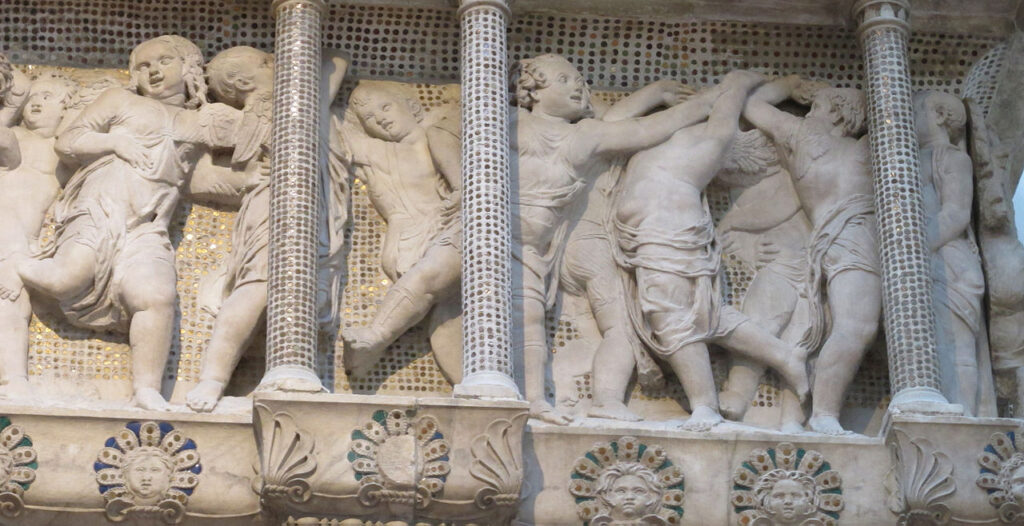
The detail of the Cantoria frieze by Donatello
The Cantoria, or singing gallery, for the Florence Cathedral is another masterpiece. It blends architectural and sculptural elements. Adorned with lively figures of children, this work reflects Donatello’s ability to capture movement and joy within stone, contributing to the lively atmosphere of a space where music and worship converge.
Artistic Style and Techniques
Donatello’s artistry is notable for his innovative use of perspective in sculpture and his expressive techniques. His work deeply influenced Renaissance art and shifted it away from earlier Gothic styles. His focus on naturalism and realistic human emotion set him apart in the realm of Early Renaissance.
Innovation in Relief and Perspective
Donatello’s use of linear perspective was groundbreaking in Renaissance sculpture. He developed techniques in bas-relief, which is a form of shallow depth carving, creating a sense of space and dimension.

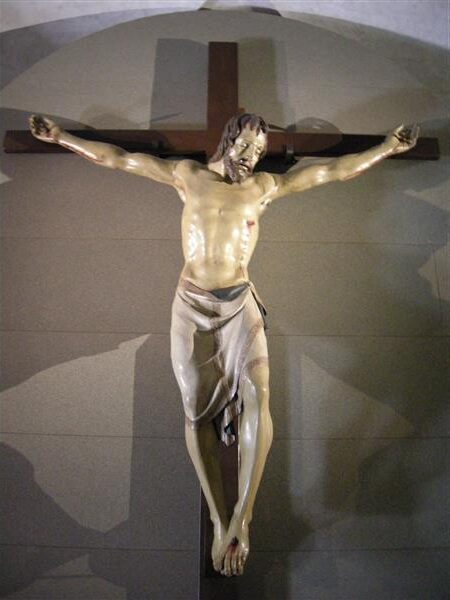
This approach introduced a new level of realism to Florentine artworks.
By carefully crafting scenes that appeared almost three-dimensional, he enhanced storytelling through sculpture. This innovative use of perspective helped transform sculptures from mere decorative elements into dynamic pieces that engage viewers.
Use of Materials and Expressiveness
Donatello was a master in the use of various materials like clay, wax, and bronze, allowing for detailed and expressive forms. His skill in manipulating these media enabled him to convey emotions and realism in his works, such as in his famous nude sculptures.
He used naturalism to express human emotions and bodily forms authentically. This approach marked a departure from the rigid, iconographic depictions of the Gothic period, embracing the ideals of Renaissance humanism and enhancing the emotional power of his sculptures.
Key Artistic Relationships and Collaborations
Donatello’s artistic journey is deeply entwined with his collaborations and relationships. These interactions helped shape his work and legacy, leaving a lasting impact on Renaissance art. His patrons and fellow artists significantly influenced his style, supporting and challenging him to push boundaries.
Patronage of the Medici Family
The Medici Family, powerful patrons in Florence, played a crucial role in Donatello’s career. Under Cosimo de’ Medici, Donatello received important commissions that elevated his reputation.
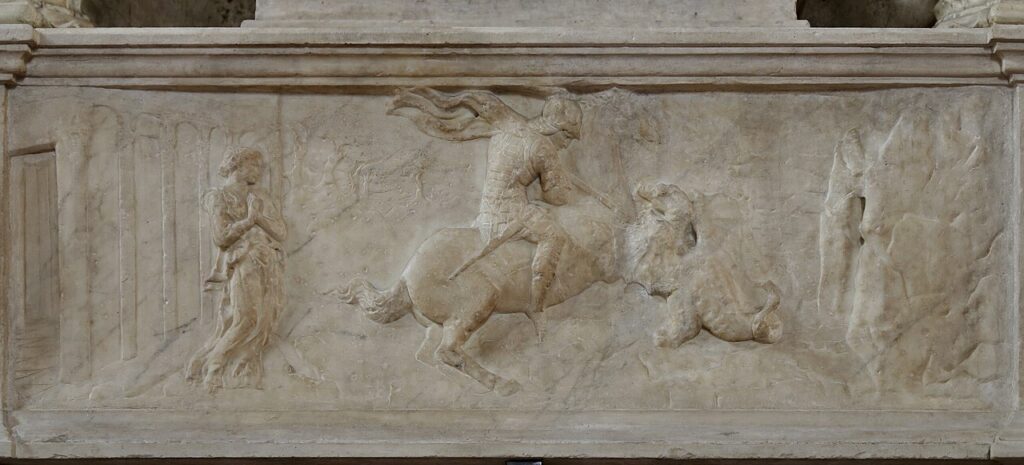
Saint George Freeing the Princess by Donatello
One of his notable works for them includes the bronze David, a groundbreaking free-standing nude sculpture.
The Medici’s support allowed Donatello the freedom to experiment with new techniques. His statues of St. George and Saint John the Evangelist reflect the innovation sparked by this partnership.
Regular commissions from the Medici provided him a platform to demonstrate his craftsmanship and creativity. Their financial backing was vital, enabling Donatello to focus on artistry without concern for resources.
Influence on Later Artists and Disciples
Donatello’s work had a profound impact on many artists of his time and beyond. His collaborations with figures like Michelozzo expanded his influence. Together, they worked on projects like the Prato Pulpit, blending sculpture and architecture.
Lorenzo Ghiberti and Vasari recognized Donatello’s pioneering spirit. His bold use of perspective in relief sculptures inspired successors, pushing artistic boundaries.
Donatello mentored artists who carried forward his techniques, contributing to the Renaissance’s flourishing. His pieces, such as Saint Mark, became study models for aspiring sculptors, embedding his artistic ideals in the fabric of Renaissance art. Through his disciples and followers, Donatello’s influence persisted across generations.
Donatello’s Legacy in Modern Context
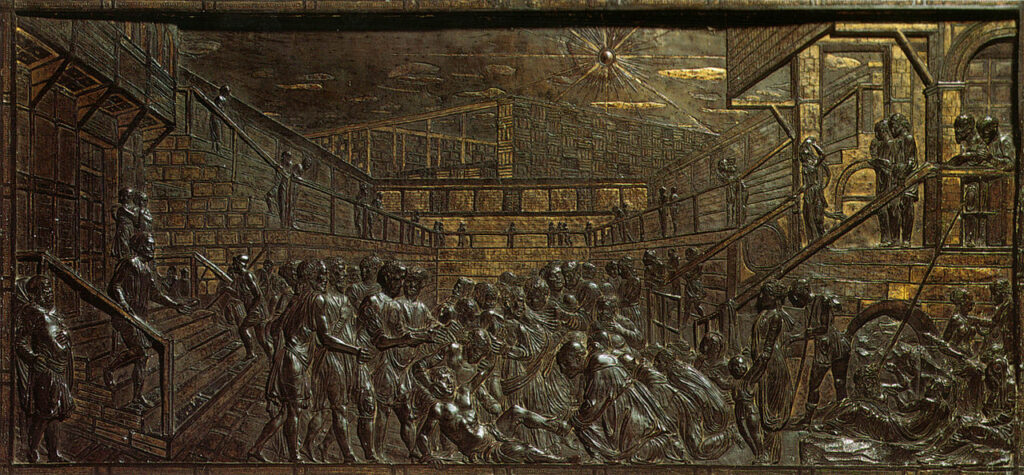
The Miracle of the Angry Son by Donatello
Donatello’s influence endures today through the preservation of his sculptures and ongoing academic interest in his work. These efforts ensure that his impact on the Renaissance Period and subsequent art movements remains significant and discernible.
Preservation and Display of Artworks
Several famous Donatello sculptures such as the St. Mark and St. George are preserved and housed in notable locations like the Museo Nazionale del Bargello. This museum in Florence plays a crucial role in showcasing Donatello’s masterpieces.
Donatello’s iconic pieces, including his Madonna and Child and Penitent Magdalene, epitomize his classical approach and ability to capture human emotion.
Efforts to preserve these artworks focus on maintaining their original condition and integrity, allowing modern audiences to appreciate the lifelike anatomy and emotive expressions that made Donatello a pioneer of his time.
Museums across the world highlight these artworks to provide access to a wide audience. They use advanced technology to monitor and protect sculptures from environmental factors.
Such initiatives ensure that Donatello’s legacy as an Italian Sculptor remains alive and inspires future generations.
Continued Scholarly Analysis
Art Historians continue to study Donatello’s work, exploring his techniques and influence on classical sculpture. His transitional style from Gothic to Renaissance is a key area of focus.
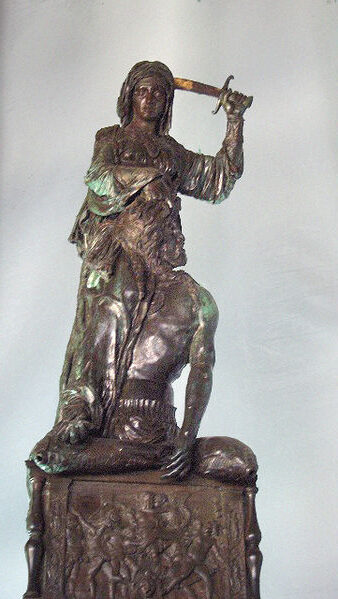
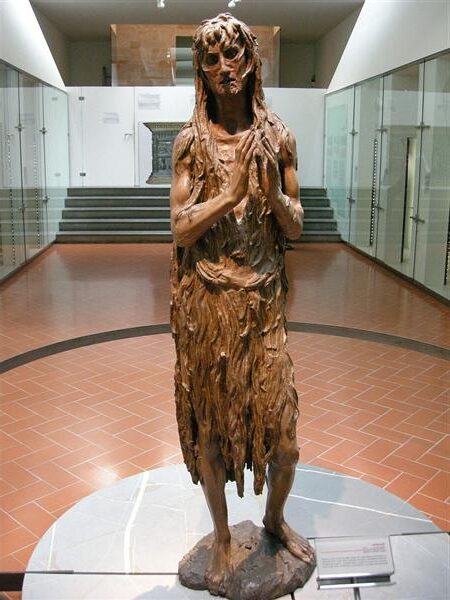
Scholars examine how Donatello broke away from medieval traditions, offering fresh perspectives on what art could represent.
The study of pieces like the Pazzi Madonna adds depth to the Renaissance Period’s narrative. This analysis enriches the art world, contributing to the understanding of cultural and historical contexts in which Donatello worked.
By dissecting his innovative use of materials and dynamic poses, scholars further appreciate how his artwork shaped modern sculpture practices.
Frequently Asked Questions
Donatello was an important figure in the Renaissance, known for his skill in sculpture. His work helped shape the future of art with innovative techniques and styles.
What is Donatello most renowned for in the context of art and sculpture?
Donatello is best known for his sculptures, which often portrayed realistic human figures and emotions. He was a pioneer in using materials like marble and bronze to create lifelike works.
How many known sculptures did Donatello create during his career?
Donatello created numerous sculptures throughout his life, though the exact number is not clearly documented. His works cover a variety of materials and styles, reflecting his vast contribution to the art world.
In what ways did Donatello contribute to the Renaissance movement?
Donatello contributed to the Renaissance by emphasizing naturalism and realism in his sculptures. He used perspective and innovative techniques, influencing many artists who came after him.
Can you list some notable pieces of artwork created by Donatello?
Some of Donatello’s notable works include the sculptures “David,” “Gattamelata,” and “The Madonna of the Clouds.” These pieces showcase his skill and artistic vision.
What distinct style is evident in Donatello’s sculptures and artworks?
Donatello’s distinct style includes a focus on realism and psychological depth. His use of perspective brought a new level of detail and lifelikeness to his subjects.
Where can one find the major works of Donatello on display?
Many of Donatello’s major works are housed in museums around the world. Some are on display at the Victoria and Albert Museum. Others can be found in Italian cities like Florence.

